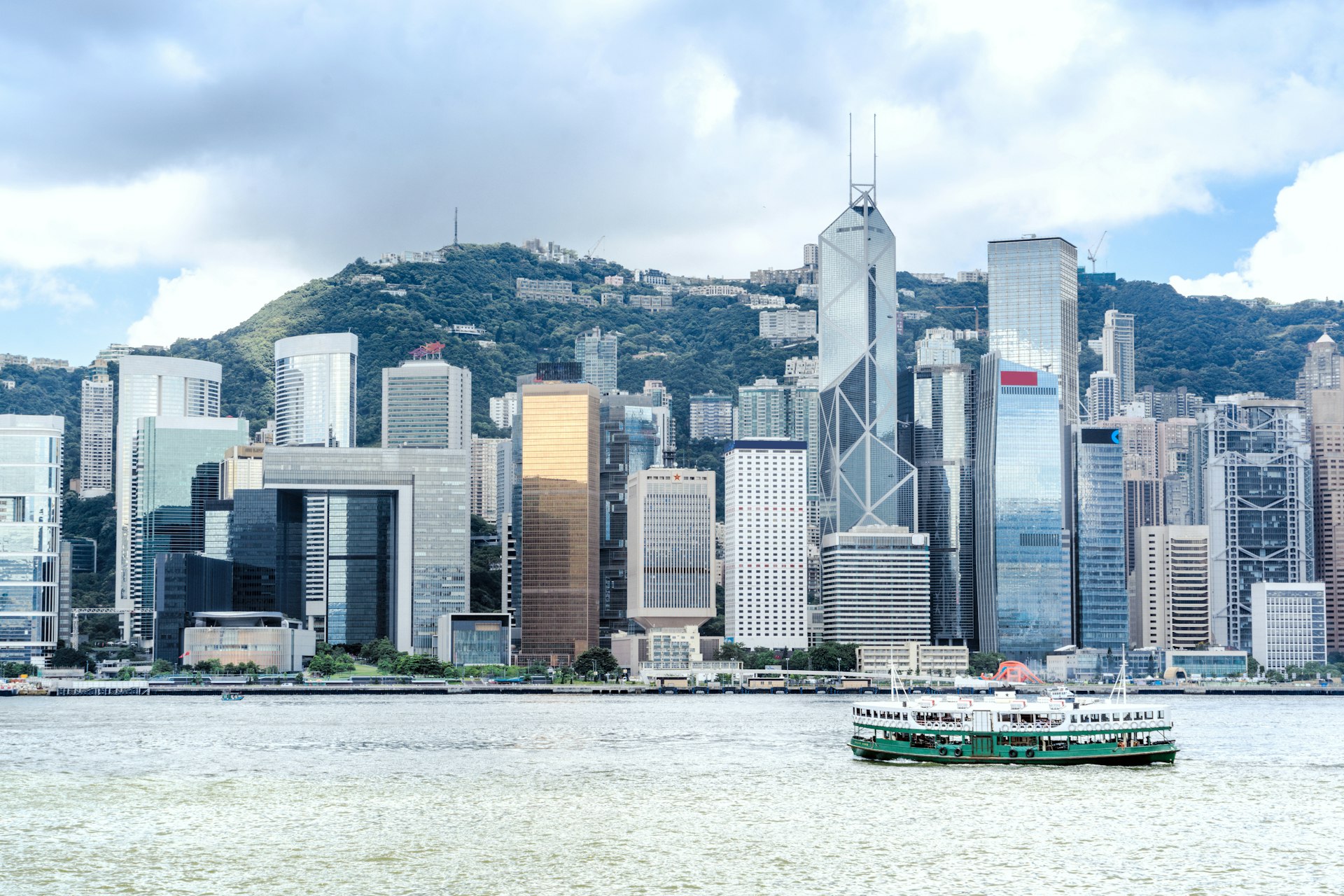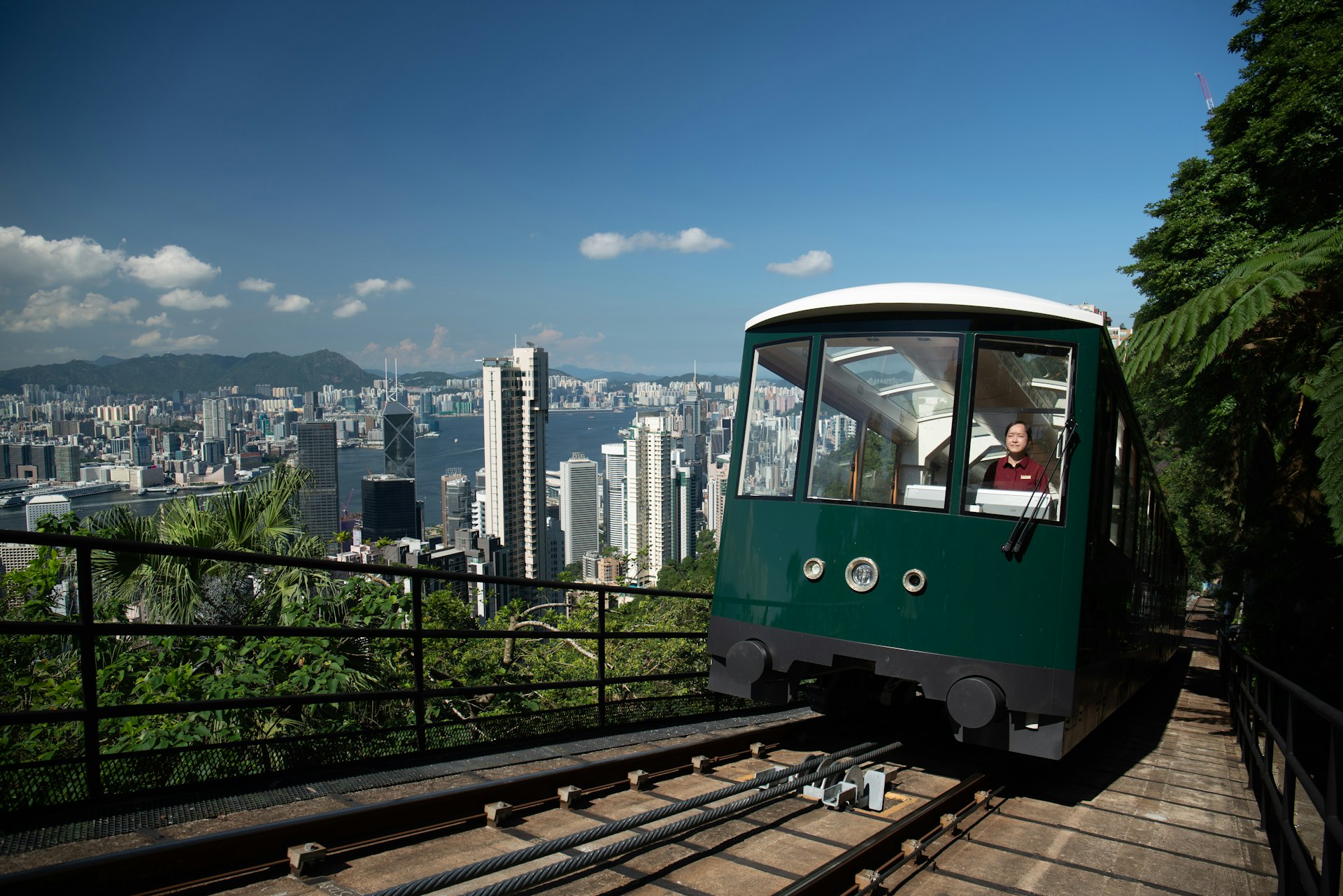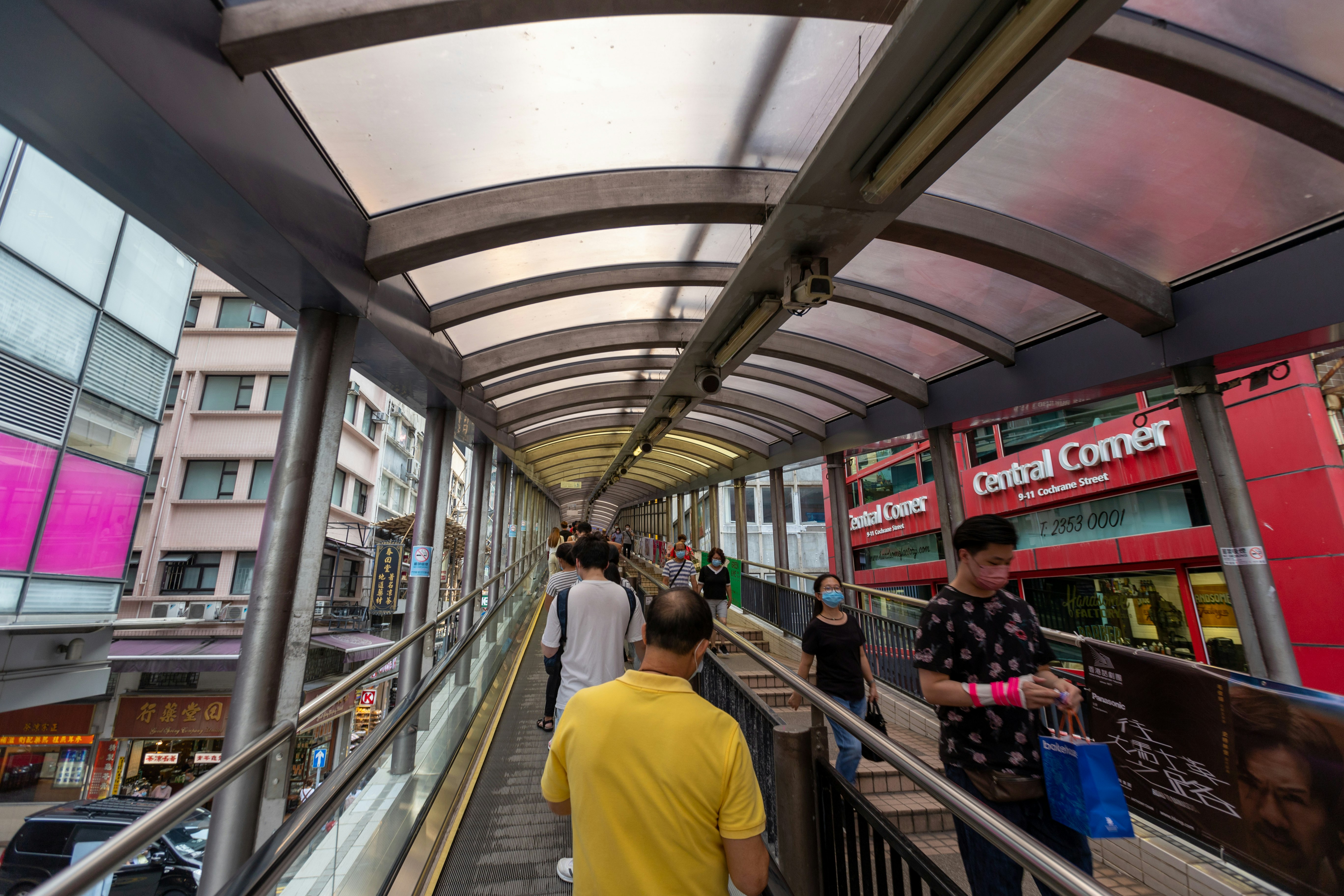Upscale Hong Kong has long been a beehive of busy workers who rely on the city’s efficient transport system to get them from apartment to office to mall to restaurant and back again.
Most people use the MTR, a subway and train network with more than 150 stations scattered across Hong Kong Island, Kowloon, Lantau and the New Territories. But given the mountainous island’s topography, there are many more creative ways to get from A to B, and it can be far more rewarding for visitors to slow down, stay above ground and enjoy the journey.

Take the Star Ferry between Hong Kong Island and Kowloon (and back again)
Yes, they are slower than the MTR, but the famous green and white. Star Ferries Embody slow travel at its best. Hop aboard for jaw-dropping skyline views (day or night), a tangible sense of history, and the best photo of your trip. The best part is that it costs less than a cup of tea.
Note that there are two Star Ferry routes (you can also travel from Kowloon to Wan Chai) and two ticket types (Upper Deck and Lower Deck). Upper deck tickets are slightly more expensive (up to HK$6.50 on weekends) but come with air conditioning and better views.

Ride a tram in northern Hong Kong Island.
Looking like skinny London double deckers, the “ding dings” trundle between the eastern and western districts of Hong Kong Island. It’s a cheap, comfortable and scenic route between central and more relaxed Kennedy Town or the other way to the shopping mecca of Causeway Bay.
Flat fare is HK$3, using the correct amount in either coins or an Octopus card. Use the turnstile at the back to board the trams, then pay at the front when you get off. Try to snag a front seat on the top deck for the best views.
Hong Kong’s most famous tram, the Peak Tram is not really a tram at all but a remarkable vertical funicular railway. The route was upgraded in 2022, and tram cars now carry a total of 210 passengers – for a 396m (1299ft) vertical climb to Victoria Peak and the best view of Hong Kong.

Save your legs by riding the world’s longest outdoor people mover.
Linking Central’s office blocks to more residential zones across the island, the zig-zagging Central Mid-Levels Escalator is a commuter lifeline for Hong Kong, carrying around 80,000 people daily on the 800m (2624ft) journey (down to work). transfers. morning, from 10 am to midnight).
With multiple points to hop on and off, it’s perfect if you’re headed to that new SoHo bar and don’t want to sweat your way through the exhaustingly steep and humid streets. It is also useful for killing Tae Kwon, who converted the former Hong Kong Central Police Station into a heritage arts complex.
Flag the cab (but watch the colors)
Taxis are cheaper than you might think for a city like Hong Kong, and the retro-styled Toyota cars are spacious and comfortable (and who doesn’t love self-opening doors?).
Taxis are colour-coded, but for most urban journeys you’ll see red, which is also the most expensive type, at HK$27 for the first 2km (1.2 miles) and HK$200 for every 200m (656ft). $1.90 and wait time thereafter. Green taxis serve new areas, while light blue taxis are for Lantau. Note that most taxis only accept cash, so be prepared.
While ride-hailing services like Uber are officially considered illegal for drivers without a rental car permit, as of December 2023, the app remains active. Users can use it to hail licensed taxis and pay easily through the app, a handy feature if you find yourself strapped for cash.
Be sure to get the Octopus Card
of Hong Kong Rechargeable travel smart card Saves you a bit of money on trips, but most of all it saves time – no digging or queuing at ticket machines for exact change.
The Octopus Card costs HK$150, which includes a HK$50 refundable deposit and HK$100 worth of travel credit. You can use it on most forms of transport, including taxis and peak trams. You can also use it to get to the Happy Valley Racetrack. You can also download the Octopus app using Samsung Pay or Apple Pay and travel with your smartphone or watch instead.
Octopus cards are available for purchase from machines at MTR stations as well as convenience stores such as 7-Eleven.
Take ferries to remote islands.
Ferries to the outer islands depart from the central piers. They are reasonably priced, air conditioned and some have a basic bar serving snacks and cold drinks. Tickets can be purchased on the day from the kiosks at the entrance of each ghat. Ferries to and from outlying islands can be very crowded on Saturday afternoons and Sundays, especially in the warmer months.
Don’t forget the MTR
Clean, fast, safe and to transport around 4 million people every day, Hong Kong’s MTR (Mass Transit Railway) operates between 6am and midnight to 1am.
Tickets are cheap compared to many other cities around the world: between HK$5 and HK$30, although fares at stations bordering mainland China (Lo Wu and Lok Ma Chau) are as high as HK$55. If possible, it is best to avoid rush hours: 7.30am to 9.30am and 5pm to 7pm on weekdays. gave MTR Mobile App Offers up-to-the-minute service updates and timelines.
How to get to and from Hong Kong Airport
High speed of MTR Airport Express The easiest way to get to Kowloon (HK$105 one way) and Hong Kong Island (HK$115 one way) is from Hong Kong International Airport. Trains are equipped with Wi-Fi, and passengers flying with electronic travel documents can check-in for their flight at Hong Kong station.
This article was first published on October 13, 2022 and was updated on January 2, 2024.
